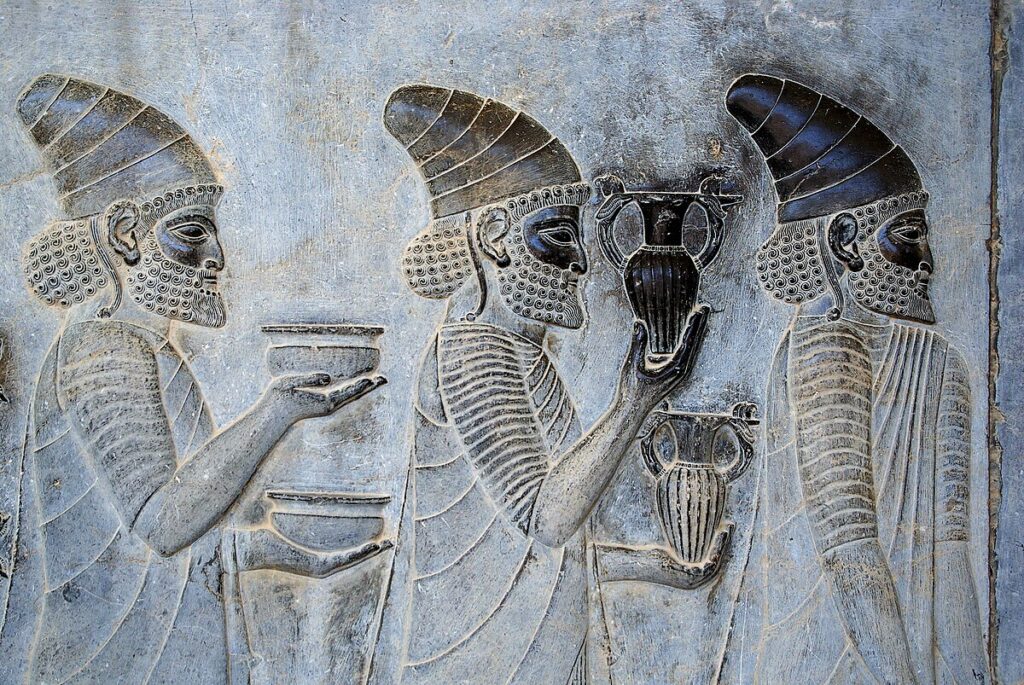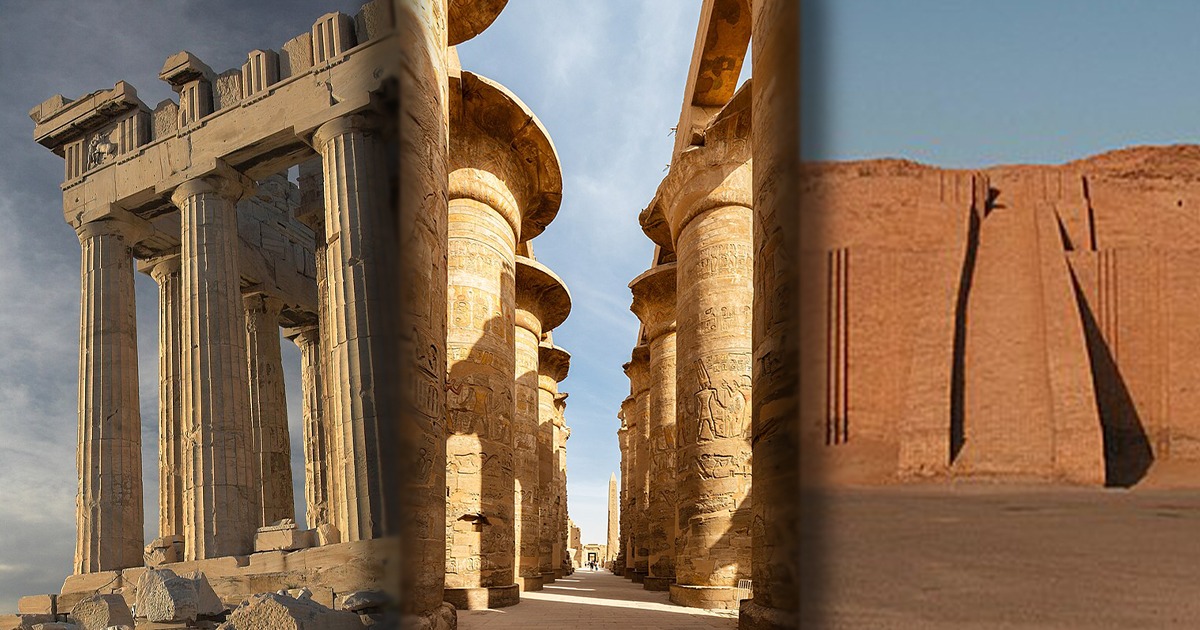Ancient history is not a parade of kings. It is the long story of how people learned to live together in large numbers, how they fed cities, how they wrote laws, and how they turned fields, rivers, and coastlines into networks that still shape our maps. From the first towns on the Tigris and Euphrates to Roman roads in Gaul, the ancient world set patterns that later ages refined rather than invented. This pillar post is your gateway. It outlines the terrain, shows how we know what we know, and points to the places where the past still touches the present.
Think of it as a hub. You will find the big themes here, along with the questions that make ancient history feel alive. Where did writing begin and why. How did early states organise labour. What did a household look like in a city of mud brick. Why do trade routes rise, fall, and rise again. Each section is a door you can open into specialised posts, case studies, and sources.
Where ancient history begins and ends
There is no single start date. The first settled villages appear in several regions as climates warmed after the last Ice Age. In the Near East, farming, storage, and ritual buildings arrive early. By the late fourth millennium BCE, cities emerge in southern Mesopotamia, then in the Nile Valley, the Indus basin, and along the Yellow River. The end point also varies. Some count the fall of the Western Roman Empire in the fifth century CE. Others follow the late antique transformation into the early medieval world. What matters here is not a neat line, but the shared experiments that turned communities into civilisations.
How we know: tools and sources
Texts are only part of the story. Archaeology supplies buildings, rubbish, tools, and food remains. Epigraphy reads inscriptions in stone. Papyrology and tablet studies read ink on papyrus and cuneiform on clay. Environmental science tracks pollen, charcoal, and animal bones to reconstruct diets and landscapes. Radiocarbon dating and dendrochronology give dates. Genetics and isotope analysis show where people and animals moved. Put together, these tools let us see daily life as well as royal boasts.
Reading the ancient world also means reading our own assumptions. Present ideas about law, gender, or fairness can distort old evidence. Good history works carefully, explains uncertainty, and shows its steps. When claims are bold, look for methods. When stories are tidy, look for the rough edges. That is where the interesting work usually sits.
From villages to cities
Farming changes rhythm. Fields need calendars, water, storage, and paths for exchange. Villages grow, then specialise. In Mesopotamia, the Uruk period sees large temples, mass pottery production, and seals to control goods. In Egypt, the Nile’s flood supports unified rule and monumental building. In the Indus basin, cities like Mohenjo-daro plan streets on grids with sophisticated drains. In China, early states along the Yellow River pair bronze ritual with political power. These cases differ in language and art, yet they share a move toward organised labour and shared symbols.
Cities concentrate risk and reward. They need grain flows, waste management, and common ritual. They also spark craft skills, markets, and new ways to measure time. When you put people close together, knowledge compounds. So does conflict. Ancient city life is both cooperation and competition carried out in brick and timber.
Writing, numbers, and administration
Writing has many birthplaces. Clay tablets with cuneiform track barley, beer, and labour in southern Mesopotamia. Hieroglyphs record names, titles, and prayers in Egypt. The Indus script remains undeciphered, though it shows a system of standard signs. In China, oracle bones preserve early Chinese characters used for divination. The alphabet arrives later, adapted and simplified in the eastern Mediterranean.
Numbers and record keeping are not dull. They are the skeleton of the early state. Seals mark property. Ration lists define who does what and why. Law codes, whether carved in stone or preserved on copies, set out penalties and procedures. They tell us that fairness is a public performance, not a private feeling. Officials weigh, count, and witness. Without such habits, cities could not last.

Households and everyday work
Most people did not write laws or lead armies. They baked bread, hauled water, spun wool, shaped pots, carried fuel, and kept animals alive through bad winters. A household could include kin, servants, apprentices, and enslaved people. Gender roles varied by region and period, yet the labour of care, food preparation, and textile work is consistent. Houses cluster around courtyards. Ovens leave ash and heat-cracked stones. Loom weights pile up in corners. In such spaces, stories, songs, and measures of fairness circulate without surviving as text.
Food is constant work and constant culture. Barley, wheat, pulses, and beer in the Near East. Millet and later rice in parts of China. Grapes and olives in the Mediterranean, where climate and press technology reshape diets. Salt preserves fish and meat. Spices and aromatics travel with traders. Feast days and fasting days punctuate the year. When we study diet, we see economy, belief, and status at the same table.
Belief, ritual, and sacred places
Temples, shrines, ancestor houses, and burial grounds anchor communities. Offerings tie people to gods and to one another. Ritual calendars discipline labour, mark seed time and harvest, and provide a language for grief. Sacred landscapes often sit where water, hills, and pathways converge. A sanctuary can collect travellers as well as prayers.
Mortuary practice varies widely. Egypt invests heavily in individual tombs and texts for the afterlife. In Mesopotamia, family burials under floors keep ancestors close to the household. Cremation and inhumation alternate in the Mediterranean. Grave goods, from clay cups to gold masks, show both love for the dead and messages for the living. The dead teach the living about order, memory, and obligation.
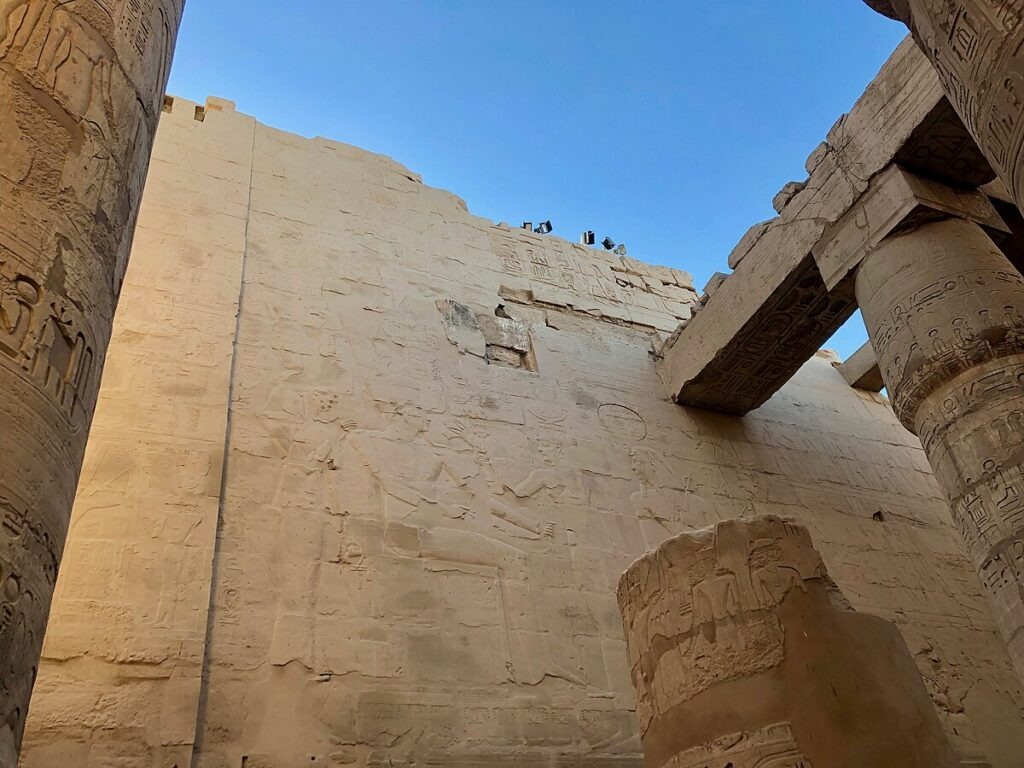
Trade routes and moving people
Ancient networks are wider than many assume. Tin and copper travel to make bronze. Obsidian, shells, lapis lazuli, and carnelian shuttle between deserts and coasts. Overland caravans link oases. Riverboats link inland fields to sea ports. Coastal sailors move along safe sight lines rather than straight lines on a modern map. With goods come stories, songs, and tricks of the trade. Borrowed gods and borrowed words tell us where people met and ate together.
Mobility includes forced movement. Enslaved people, deportees, and captives appear in records and art. Their presence reminds us that wealth and splendour can grow from violent systems. Honest history keeps this in view, not to cancel the past, but to see it whole.
War, diplomacy, and the theatre of power
States project power in stone and ceremony as much as in battle. City gates impress. Processions teach citizens how to behave. Treaties and marriage alliances stabilise borders. Fortifications guard river crossings and passes. Armies draw on stores, roads, and ships, which means that logistics can decide campaigns before swords cross. War changes technology, but it also changes administration. Counting men and grain with precision is as martial as sharpening spears.
Diplomacy leaves durable paper trails. Clay letters found far from their senders reveal multilingual courts and careful negotiation. Gifts move between palaces, along with doctors, diviners, and engineers. The language of friendship can be ritualised, but the outcomes are practical. Peace keeps canals flowing. War breaks them and forces rebuilds that strain labour for years.
Technology, risk, and the environment
Ancient technology is more than metal. It includes ploughs, irrigation systems, kilns, looms, presses, and hulls. It also includes the knowledge to place these tools in the landscape without wrecking the next season. When floods shift, terraces fail, or fuel runs low, communities adapt or collapse. Good years hide fragility. Drought reveals it. Sometimes the most important machine in a region is a canal gate, a ceramic jar, or a sail of the right cut.
Climate is not destiny, yet it shapes range. Volcanic winters, unusual storm tracks, and multi-year droughts echo through records and tree rings. Ancient people read signs and diversified their bets. Storage, mixed crops, seasonal movement, and alliance spread risk. Modern readers can learn from this caution without pretending that every choice was wise or kind.
Knowledge, science, and timekeeping
Calendars matter. Solstices and star risings tell farmers when to plant. Lunisolar adjustments keep festivals in season. Astronomers track irregularities and propose fixes. Mathematics grows from accounting, architecture, and the sky. Fractions, place value, and geometric rules appear in practical problems, not abstract exercises. Medicine starts with observation and remedy lists, then spreads through professional networks that cross borders.
Libraries and archives hold more than literature. They store formulas for glazes, recipes for ink, and tables for star positions. When scribes copy, they correct, gloss, and sometimes innovate. Knowledge is social. It survives where institutions protect it. It spreads where roads and ships carry it.
Art and meaning
Ancient art is not a separate hobby. It is part of how societies teach values, pass on names, and mark territory. A seal carving signals ownership and taste. A temple relief explains a king’s duty to maintain order. A small household figurine reminds a family of protection and hope. Materials and techniques vary, yet the function is steady. Art carries memory in portable form.
Colour once dominated many monuments that we now see as bare stone. Pigments on sculpture and architecture guided attention and clarified meaning. Textiles, wood, and leather, now often lost, did much of the work that marble seems to do alone in a museum space. When we rebuild the palette in our heads, the ancient world feels closer to daily life and less like a series of ruins.
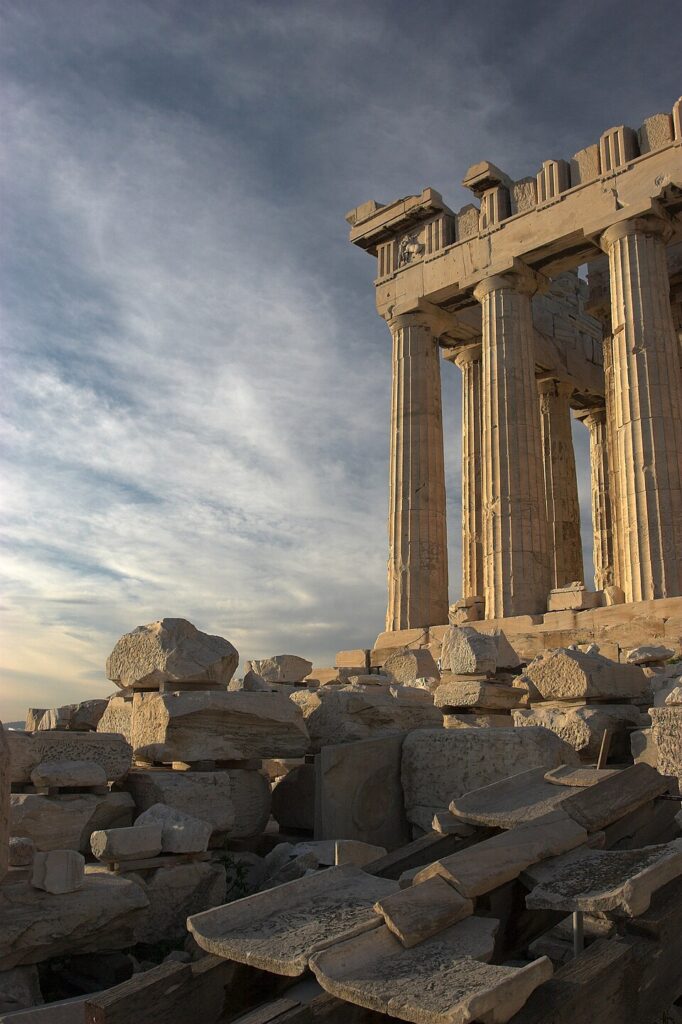
Collapse, transformation, and resilience
Systems break. The Late Bronze Age eastern Mediterranean sees palace networks fail in quick succession. Causes are debated. Drought, earthquakes, shifting trade, internal revolt, and new groups on the move all play roles. Local stories differ. Some ports shrink while inland towns grow. Metal supplies change routes. Writing systems alter to match new needs. After shocks, new polities emerge that carry forward skills in altered forms.
Collapse is not the same as ending. It is a change in how people solve problems. Farmers still plant. Sailors still hug coasts. Craftspeople keep secrets alive. Old gods gain new names. Political units may vanish, but habits remain that later states pick up and claim as inventions. Seeing this continuity helps us avoid myths of sudden darkness and sudden light.
Crossroads and empires
Persia draws many threads together. Imperial roads, standard weights, and a policy of local toleration show one way to run a large, diverse state. Administrative languages share space with local scripts. Coins move through markets that stretch from Anatolia to the Indus. The empire’s reach pushes neighbours to imagine scale differently. Later conquerors inherit both the map and the management ideas.
In the Mediterranean, the Greek world spreads language and political experiments. City states test versions of citizenship and debate. Colonies export habits and invite new blends. After Alexander, the Hellenistic kingdoms join Greek language to local elites, creating a mixed culture where scholars, engineers, and merchants can move with ease. Museums and libraries rise as civic projects, not private hoards.
Rome and the long bridge to late antiquity
Rome builds with law, road, and ritual. The republic and later the empire integrate conquered regions through citizenship, taxation, and military service. Urban life extends to provincial towns with theatres, baths, and forums. Latin and Greek share space. Ideas travel with soldiers, traders, and teachers. Christianity grows within this network, then reshapes it. When the Western Empire fragments, the eastern half continues as a Greek-speaking state centred on Constantinople. Late antiquity is not a simple fall. It is a reorganisation that places new rulers on old foundations.
By the time we step into the early medieval world, many ancient solutions still work. Roads, aqueducts, city charters, and field systems do not vanish with a dynasty. They are reinterpreted. Seeing that long continuity keeps the old cliché of rise and fall from squeezing out the detail that makes history useful.
Reading well: method over myth
A few habits will help you sort sense from noise. First, prefer primary sources in translation where possible, then read modern summaries that cite them. Second, compare claims across regions and times rather than assuming a single model fits all. Third, watch for present-day values posing as ancient norms. When modern debates lean on the past, check the footnotes. Good history shows its work.
Numbers deserve care. Dates can be uncertain. Population estimates and casualty counts are often rough. Economic models need more than one dataset. When authors are frank about uncertainty, trust grows. When they are certain about everything, pause and look closer. The ancient world is rich enough without easy answers.
How to use this hub
This post is the centre of your Ancient History category. Each theme above can link to a dedicated article. For example, a post on early writing can explore clay tablets and seals with case studies. A post on households can compare kitchens and courtyards across regions. A post on trade can follow tin from mines to ports. As you build these, link them back here. Link sideways between related topics too. That web mirrors the ancient networks we study and helps readers find their path.
Start with the questions that spark your interest. How did canal gates change a city’s fate. What did a weaver earn in a provincial town. Why do sanctuaries often sit on promontories. Follow those threads. Ancient history rewards curiosity that is precise and patient.
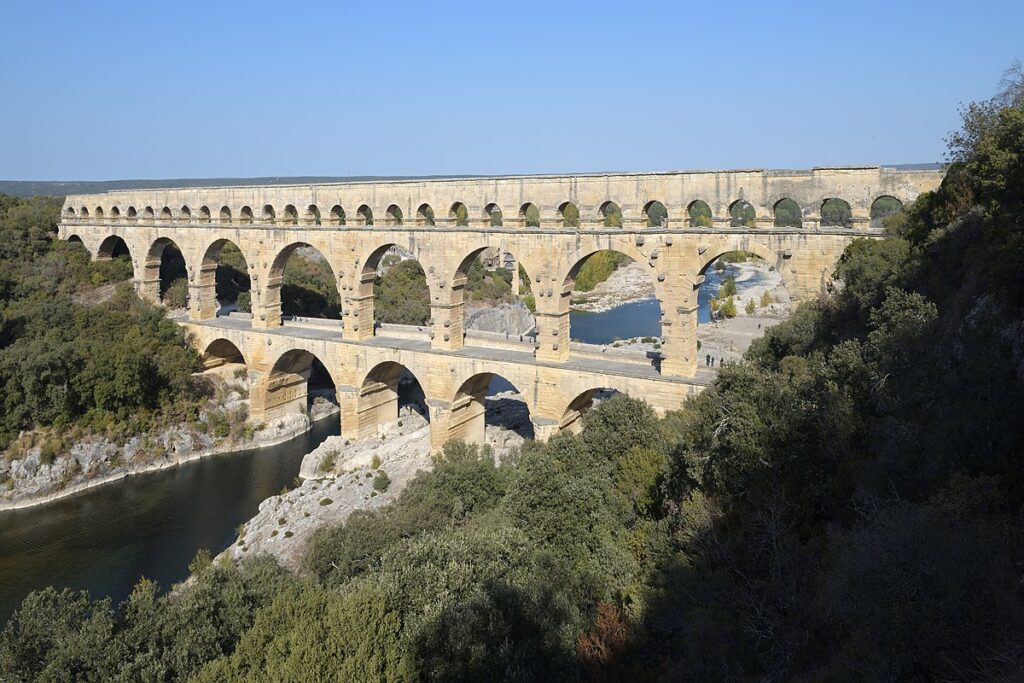
A closing thought
What we inherit from the ancient world is not a set of masterpieces alone. It is a collection of working solutions. How to store grain safely. How to share water fairly. How to record a debt and make the memory stick. How to keep a road passable in winter. How to fold ritual into the calendar so a city feels like a city. Masterpieces are the part that glitters. The rest is the part that lasts.
Read widely, ask clear questions, and let the evidence lead. The past will not flatter us, and it does not need to. It will give us company for our own problems, which is often better than praise.
